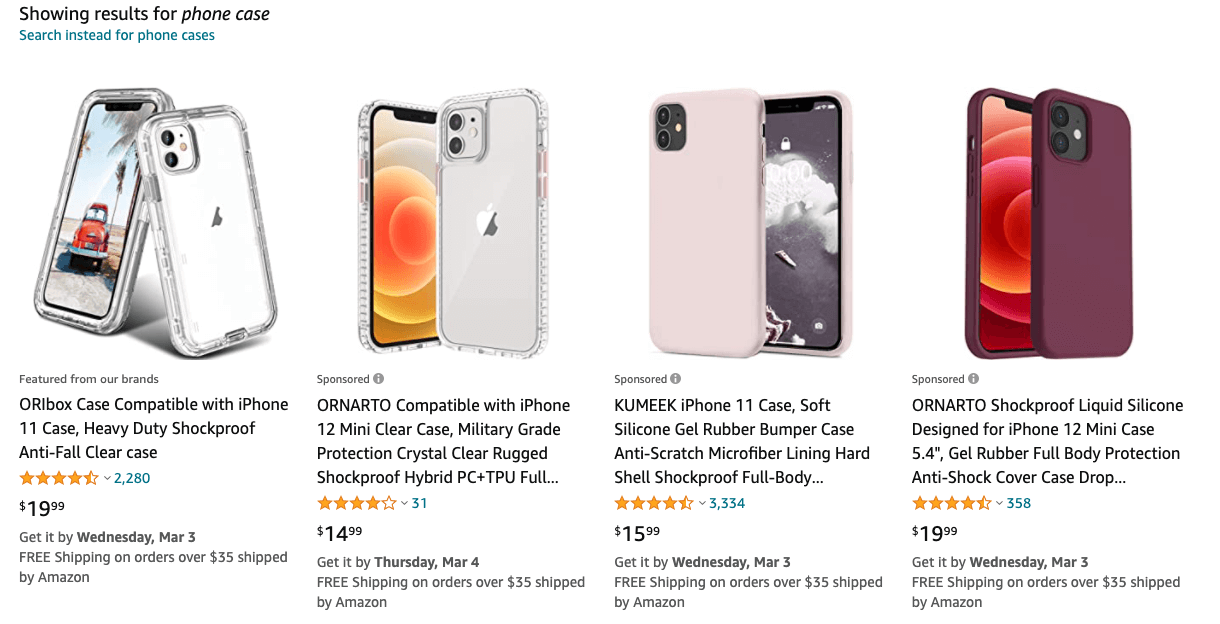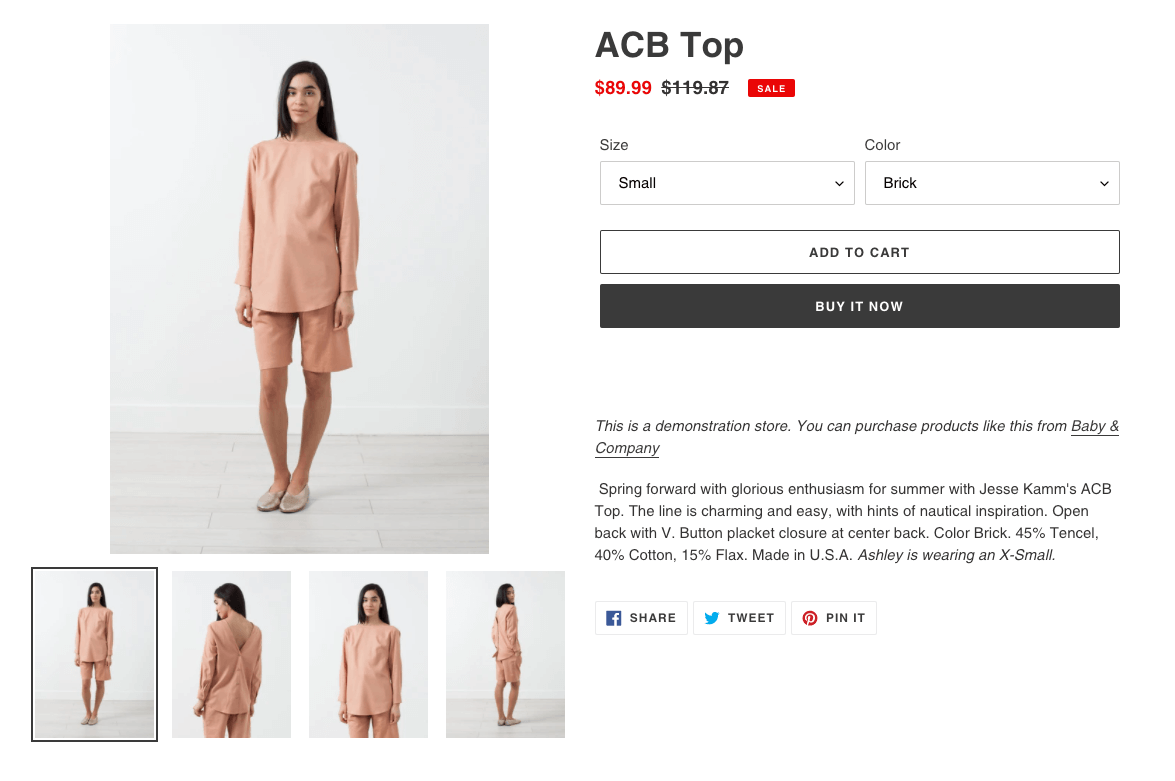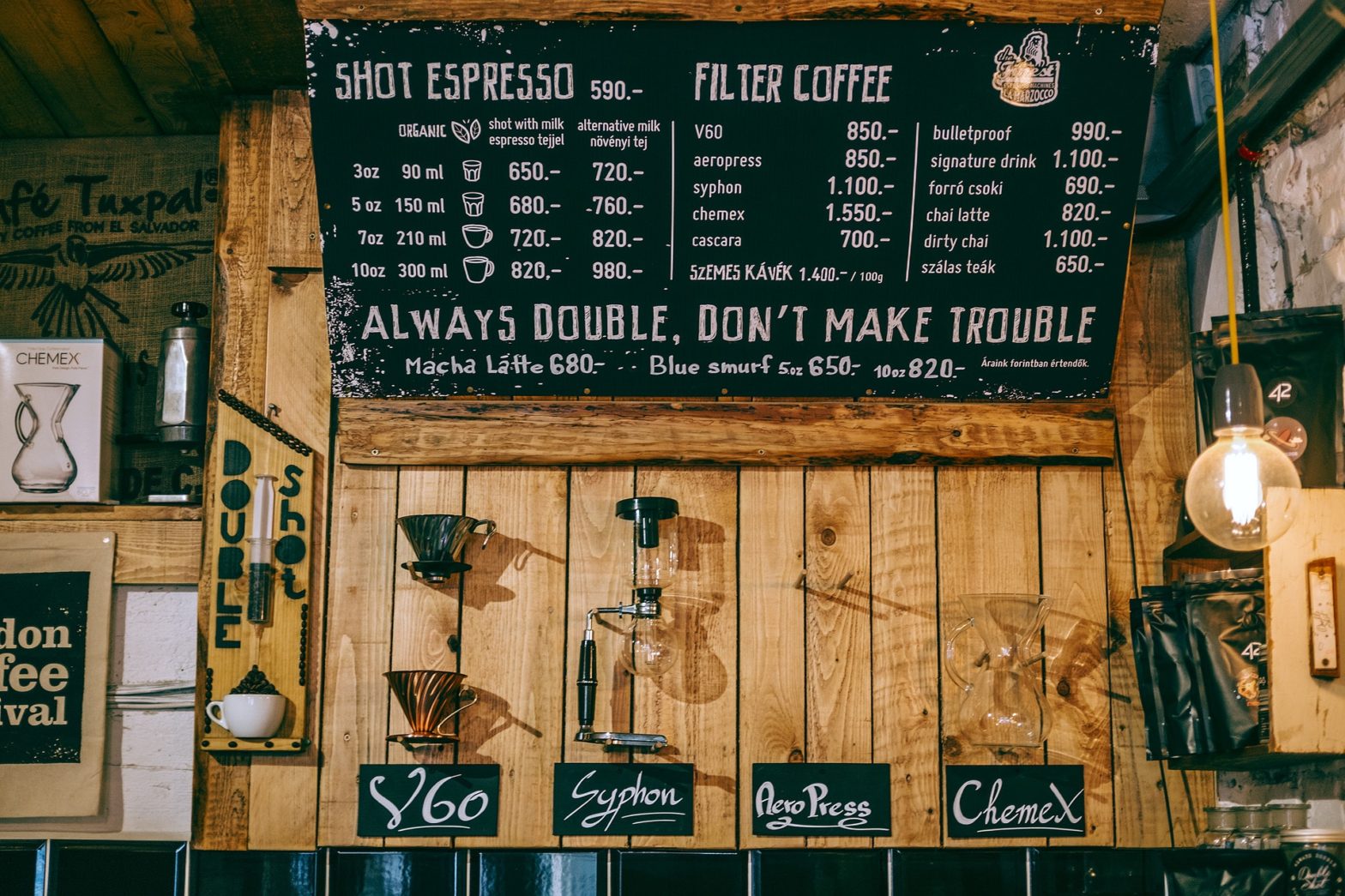If you have not experimented with your business’ pricing model, you may be leaving money on the table! Here are five Shopify pricing strategies that you can use to save time and improve your bottom line:
- Keystone pricing
- Discount pricing
- Charm pricing/Psychological pricing
- Whole-dollar pricing/Round number pricing
- Anchor pricing
Keystone pricing
Keystone pricing keeps things nice and easy. The idea is to take the wholesale cost, double it, and use that number as the price to charge to customers.
If this approach is appropriate for your business, it can save you a lot of time because you don’t need to account for all the costs (material, labor, shipping, marketing, overhead, etc.) associated with running your business.
Use Keystone Pricing with Bulk Price Changer + Scheduler
Discount pricing
Discount pricing (Sales!) is one of the most popular pricing strategies, and it comes with a lot of benefits:
- Attract new customers that are looking for a bargain
- Provides a good opportunity for upselling and cross selling
- Helps to clear inventory when you need to
Charm pricing/Psychological pricing
Charm pricing can be used to boost conversions without dropping prices. Pricing ending in .99 can be more attractive to customers in certain markets.
As an example, an even price of $20 might feel too high to some customers, but a price of $19.99 may seem more like a $10 purchase to them.

Whole-dollar pricing/Round number pricing
Whole-dollar pricing is used to make merchandise feel high in quality. Companies like Lululemon, which have a brand focused on premium athletic apparel, avoid charm pricing and use whole-dollar prices like $58.00 or $108.00 instead.

Anchor pricing
Anchor pricing involves showing a product’s price next to another price that is higher. The anchor price could be set to the MSRP, the price being charged by other stores, or the product’s normal price if it is currently on sale.
Since the customer can see that the normal price (the anchor price) is higher than the current price for the product, they are more likely to feel that the item is a bargain and buy it.
In Shopify, anchor pricing can be achieved in a few different ways. The most simple way is to add a compare at price for a product. Another technique is to display a product (a “decoy”) at a higher price with lower priced items shown around it.

Summary
Experimenting with the five Shopify pricing strategies covered above could have a big impact on the success of your online business. If you are interested in putting these strategies into practise but don’t want to spend a lot of time changing prices by hand, you might want to check out our Bulk Price Changer + Scheduler Shopify app. All five pricing strategies can be done with it, and using it can save you a lot of time if you have a lot of products.
Install the Price Changer + Scheduler Shopify App
If you enjoyed this article and want to go into more depth, you might want to check out The Price Is Right: 13 Strategies for Finding the Ideal Price for Your Products by Lindsey Peacock.

